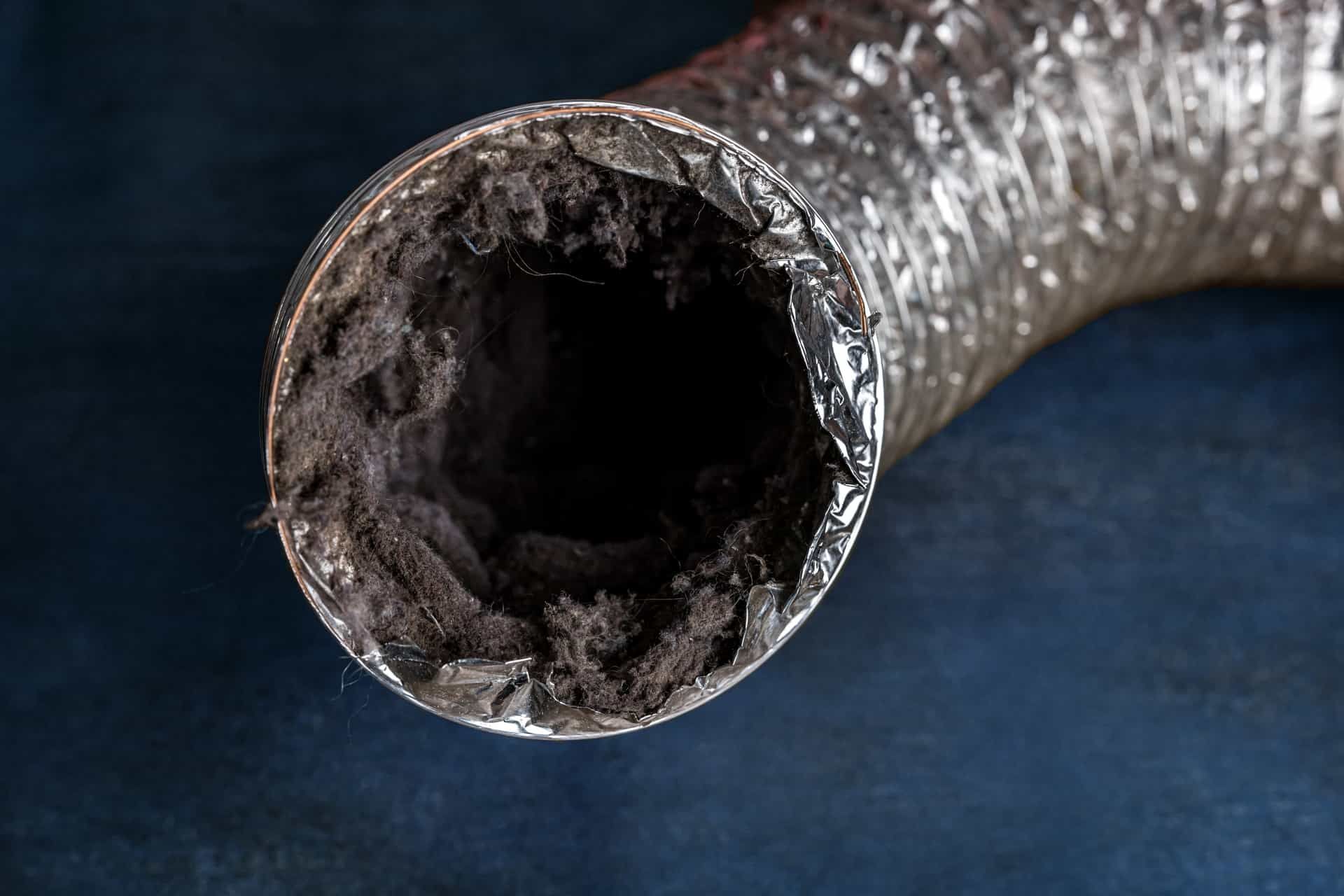How Wind Speeds Affect The Risk Of Home Damage?
Understanding the relationship between wind speeds and home damage is crucial for homeowners who want to protect their property. As wind speeds increase, so does the risk of damage to homes. High winds can be devastating, from minor roof leaks to complete structural failures.
You can proactively mitigate risks and enhance property safety by comprehending how different wind speeds impact your home. For instance, homes in areas prone to severe weather must be built with resilience, incorporating features explicitly designed to withstand high winds.
Moreover, understanding wind damage is not just about preparation; it's also about awareness. Homeowners must recognize that even moderate winds can lead to significant issues if their properties are not adequately maintained or reinforced.
By staying informed about weather impacts and taking necessary precautions, you can significantly reduce your home's vulnerability and ensure a safer living environment for you and your loved ones.
The Science of Wind: How Speed is Measured and Classified
Understanding the science of wind is crucial for various fields, from meteorology to aviation and even renewable energy. One primary method for measuring wind speed is through anemometers, which provide precise readings essential for accurate weather forecasting.
However, it's not just about numbers; how we classify these speeds plays a significant role in interpreting their impact on our environment.
The Beaufort scale is a widely recognized tool that categorizes wind based on observed conditions and effects. This scale ranges from calm winds (0-1 knots) to hurricane-force winds (64 knots or more), offering a clear framework for understanding the
intensity of winds at any given time.
Meteorologists can effectively communicate potential hazards and prepare communities accordingly by categorizing wind into specific classification categories—such as light breeze, moderate gale, or strong storm.
Adhering to established meteorological standards ensures everyone—from researchers to emergency responders—can rely on consistent data when assessing weather conditions. As we delve deeper into the science of wind measurement and classification, it becomes evident that understanding these concepts is not merely academic; it has real-world implications for safety, planning, and sustainability in our increasingly dynamic climate.
Different Types of Winds and Their Potential for Causing Damage
Understanding the different types of winds is crucial for assessing their potential to cause damage. Among the most notorious are hurricane winds, which can reach speeds exceeding 150 miles per hour. These powerful gusts uproot trees and create storm surges that can inundate coastal areas, leading to catastrophic flooding.
Tornado impacts are another significant concern. Tornadoes can produce wind speeds that surpass hurricanes, with some reaching over 300 miles per hour. The concentrated nature of tornado winds means they can obliterate everything in their path, leaving a trail of destruction that is both swift and severe.
Straight-line winds, often associated with severe thunderstorms, may not have the same notoriety as hurricanes or tornadoes but pose a serious threat nonetheless. These winds can exceed 100 miles per hour and can down trees and power lines, resulting in widespread outages and hazards.
Finally, microbursts—intense downdrafts from thunderstorms—can unleash destructive winds over a localized area. Due to their sudden onset and violent nature, microbursts are often mistaken for tornadoes. They can cause significant damage within minutes.
In conclusion, recognizing the various types of winds and their potential for causing damage is essential for preparedness and safety measures in affected regions.
Understanding these phenomena empowers communities to take proactive steps in mitigating risks associated with extreme weather events.
The Thresholds: At What Wind Speeds Should Homeowners Be Concerned?
Understanding wind speed thresholds for damage is crucial for homeowners, especially as severe weather events become more frequent. Generally, winds reaching 30 to 40 mph can begin to cause minor damage, such as loose shingles or weak branches breaking off. However, when wind speeds escalate beyond 50 mph, the risk of significant structural damage increases dramatically.
Homeowners should be particularly vigilant when forecasts predict winds above 60 mph. At this level, trees are at risk of uprooting, and entire roofs can be compromised. Conducting a thorough risk assessment by wind speed and preparing accordingly is essential. This includes reinforcing windows and doors and securing outdoor furniture that could become projectiles in high winds.
To ensure home safety during storms, consider implementing these tips:
- Regularly inspect your roof for vulnerabilities.
- Trim overhanging tree branches that could fall during strong gusts.
- Create an emergency plan with your family in case evacuation becomes necessary.
By understanding these thresholds and taking proactive measures, you can significantly enhance your home's resilience against the forces of nature.
Protecting Your Home: Recommendations for Reducing Wind-Related Damage Risks
Implementing effective home fortification strategies is not only advisable but essential when it comes to safeguarding your home from the potential devastation of wind-related damage. Severe storms can strike unexpectedly, and being proactive can save you significant time, money, and stress.
First and foremost, consider investing in storm-resistant building materials. These materials are designed to withstand high winds and flying debris, significantly reducing the risk of structural damage during a storm. Choosing suitable materials, from impact-resistant windows to reinforced doors and roofs, can make all the difference in protecting your property.
Additionally, landscaping for wind protection is a valuable strategy often overlooked. Planting trees strategically around your home can act as natural windbreaks. However, selecting species that are resilient to high winds is crucial. Properly maintaining these plants will also ensure they don't become hazards when storms hit.
Finally, remember insurance considerations. Review your policy to ensure you have adequate coverage for wind-related damages.
Understanding what your insurance plan includes will help you prepare financially for any potential incidents.
By taking these steps—utilizing storm-resistant materials, implementing thoughtful landscaping strategies, and ensuring proper insurance coverage—you empower yourself with the tools necessary to protect your home from the wrath of nature's fiercest winds.
Conclusion: Stay Prepared & Protect Your Home from the Dangers of High Winds Today!
In conclusion, staying prepared and protecting your home from the dangers of high winds cannot be overstated. Effective home fortification strategies are essential for safeguarding your property against storm damage. By investing in storm-resistant building materials, you not only enhance your home's resilience but also increase its overall value.
Additionally, thoughtful landscaping for wind protection can serve as a natural barrier against harsh gusts, further securing your home and loved ones. Pay attention to the role of insurance considerations; ensuring adequate coverage can provide peace of mind during turbulent weather events.
Today's proactive steps will help you mitigate risks and protect what matters most. Don't wait until a storm is on the horizon—act now by contacting
Guardian Angel Inspections to fortify your home and ensure its safety against high winds!
Disclaimer: The information on this website and blog is for general informational purposes only and is not professional advice. We make no guarantees of accuracy or completeness. We disclaim all liability for errors, omissions, or reliance on this content. Always consult a qualified professional for specific guidance.
Share this entry







